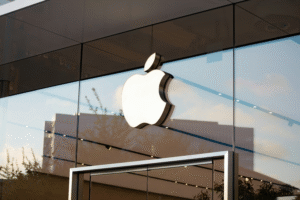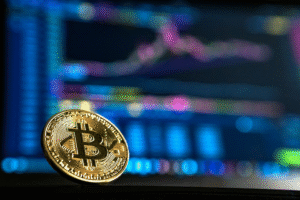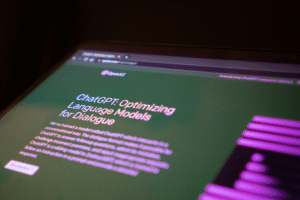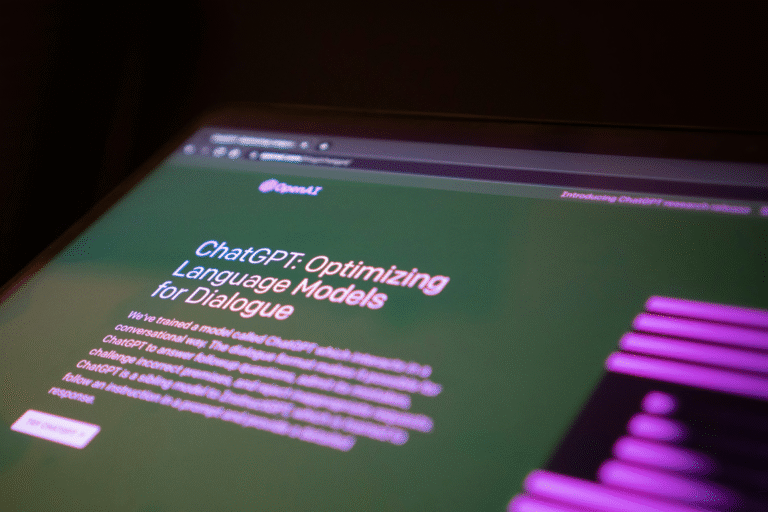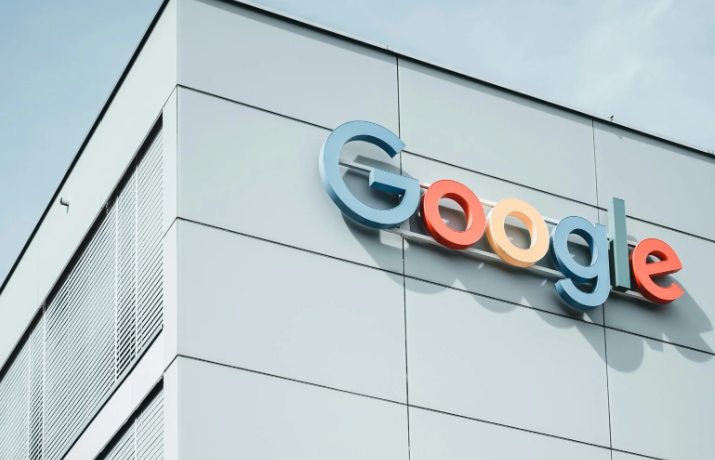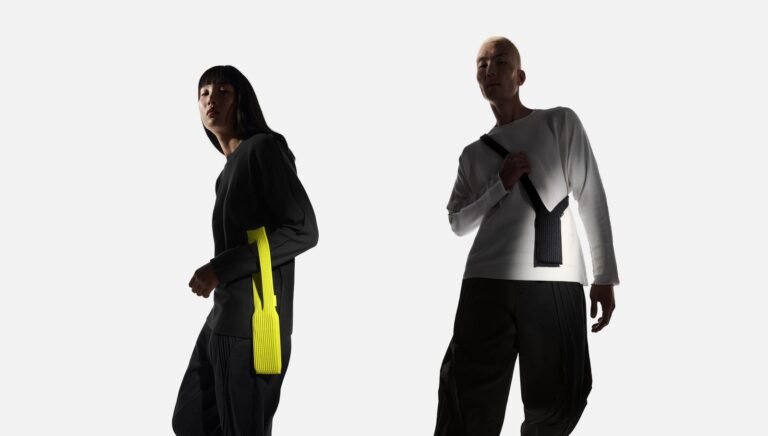Facial recognition is a method of perceiving a human face through innovation. A facial recognition framework utilizes biometrics to plan facial highlights from a photo or video. It contrasts the data and a data set of realized appearances to discover a match. Facial recognition can help check individual personality, yet it likewise raises protection issues.
The facial recognition market is required to develop to $7.7 billion every 2022 from $4 billion out of 2017. That is because facial recognition has a wide range of business applications. It very well may be utilized for everything from reconnaissance to promoting.
How facial recognition functions
You may be acceptable at perceiving faces. You presumably think that it’s a snap to recognize the substance of a relative, companion, or associate. You’re comfortable with their facial highlights — their eyes, nose, mouth — and how they meet up.
That is how a facial recognition framework works, yet on a fabulous, algorithmic scale. Where you see a face, acknowledgment innovation sees the information. That information can be put away and gotten to. For example, half of all American grown-ups have their pictures put away in at least one facial-recognition information base that law authorization organizations can look at, as per a Georgetown University study.
So how does facial recognition function? Advancements fluctuate, however here are the essential advances:
Step 1. An image of your face is caught from a photograph or video. Your face may show up alone or in a group. Your picture may show you gazing directly ahead or almost in profile.
Step 2. Facial recognition programming peruses the calculation of your face. Key elements incorporate the distance between your eyes and the separation from temple to jaw. The product recognizes facial milestones — one framework recognizes 68 of them — that are critical to recognize your face. The outcome: your facial mark.
Step 3. Your facial mark — a numerical recipe — is contrasted with an information base of known countenances. What’s more, think about this: at any rate 117 million Americans have pictures of their countenances on at least one police information basis. As indicated by a May 2018 report, the FBI has approached 412 million facial pictures for a look.
Step 4. An assurance is made. Your faceprint may coordinate with that of a picture in a facial acknowledgment framework data set.
Reasons to be worried about your security
Privacy matters. Privacy alludes to any rights you need to control your data and how it’s utilized — and that can incorporate your faceprint.
All in all, what are the issues? Here are a few:
Security. Your facial information can be gathered and put away, frequently without your authorization. Its potential programmers could access and take that information.
Pervalence. Facial recognition innovation is getting more far-reaching. That implies your facial mark could wind up in a lot of spots. You presumably will not realize who approaches it.
Possession. You own your face — the one on your neck — yet your computerized pictures are unique. You may have surrendered your entitlement to possession when you joined a web-based media network. Or then again perhaps somebody finds pictures of you on the web and sells that information.
Safety. Facial recognition could prompt online badgering and following. How? For instance, somebody snaps your photo on a tram or some other public spot and uses facial acknowledgment programming to discover precisely what your identity is.
Mistaken Identity. Say, for example, the law requirement utilizes facial acknowledgment to attempt to recognize somebody who burglarized a corner store. Facial recognition frameworks may not be 100% precise. Consider the possibility that the police think the suspect is you.
Fundamental opportunities. Government organizations and others could follow you. What you do and where you go may at this point don’t be private. It could get difficult to stay unknown.


